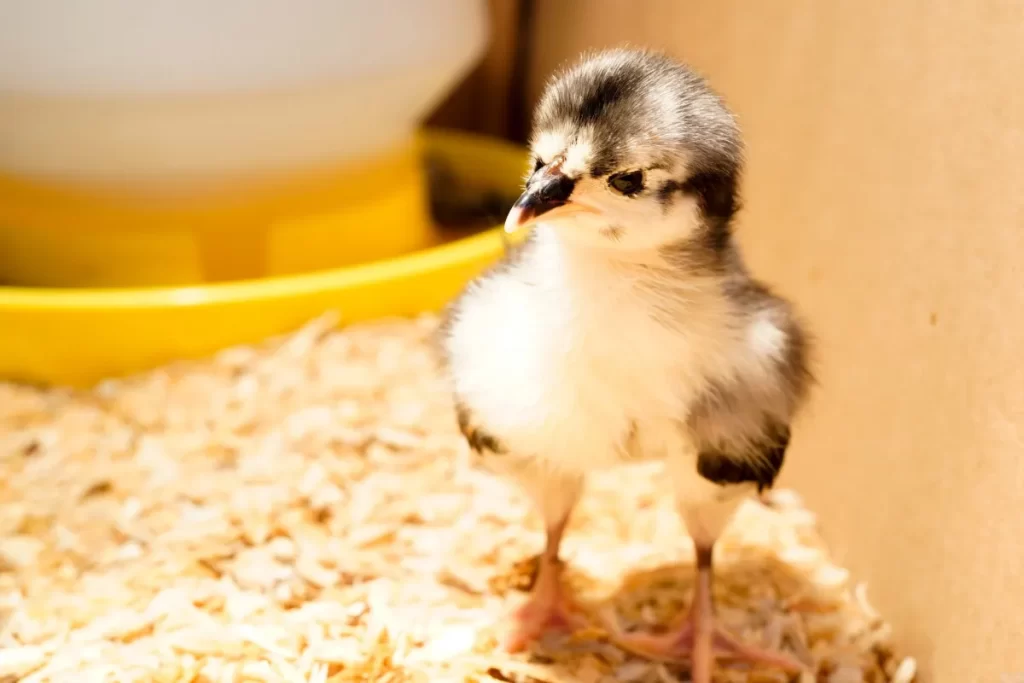Chicks in a Box

Ever wonder where baby chicks come from? You'll be happy to know that baby chicks actually come in the mail.
Once hatched, baby chickens have about 3 days worth of nourishment in their bodies. When you PRE-order baby chicks on the Internet, they are shipped almost immediately upon birth.
They are shipped in special boxes, that the post office understands how to handle. We got these from Hoover's Hatchery in Iowa. So, if you've ever been interested in getting some chickens, go ahead and give them a call.
Buying Chicks Online
When buying chicks online, you have the option of ordering from hatcheries or through private sellers. Hatcheries are usually larger operations that specialize in breeding and hatching a variety of chicken breeds. They are known for their diverse selection and competitive prices. Private sellers, on the other hand, generally focus on a few specific breeds and tend to provide more personalized care for their birds. Whichever route you take, it’s important to do your research on the provider before placing an order to make sure they are reputable and have good reviews from previous customers.
What You Need Before Your Chicks Arrive
Once your order is placed, there is some prep work to be done before your chicks arrive at your doorstep. First off, make sure you have a brooder set up and ready for them – this will be their home until they are old enough to go outside. Make sure that the brooder has plenty of space for them to roam around in, along with food bowls, water bowls, heat lamps, bedding material (like wood shavings), and plenty of hiding places so they can feel safe while they grow up. It’s also important to keep their living area clean by regularly replacing bedding material and cleaning out food/water bowls as needed.
When Your Chicks Arrive
When your chicks arrive at your house, it’s time for them to move into their new home! Make sure that the environment inside their brooder is warm – around 90-95°F – so they will stay comfortable while they adjust to their new surroundings. The temperature should be gradually lowered over time as they get older until it reaches 70°F when they finally move into their coop outside or in your backyard (if allowed)